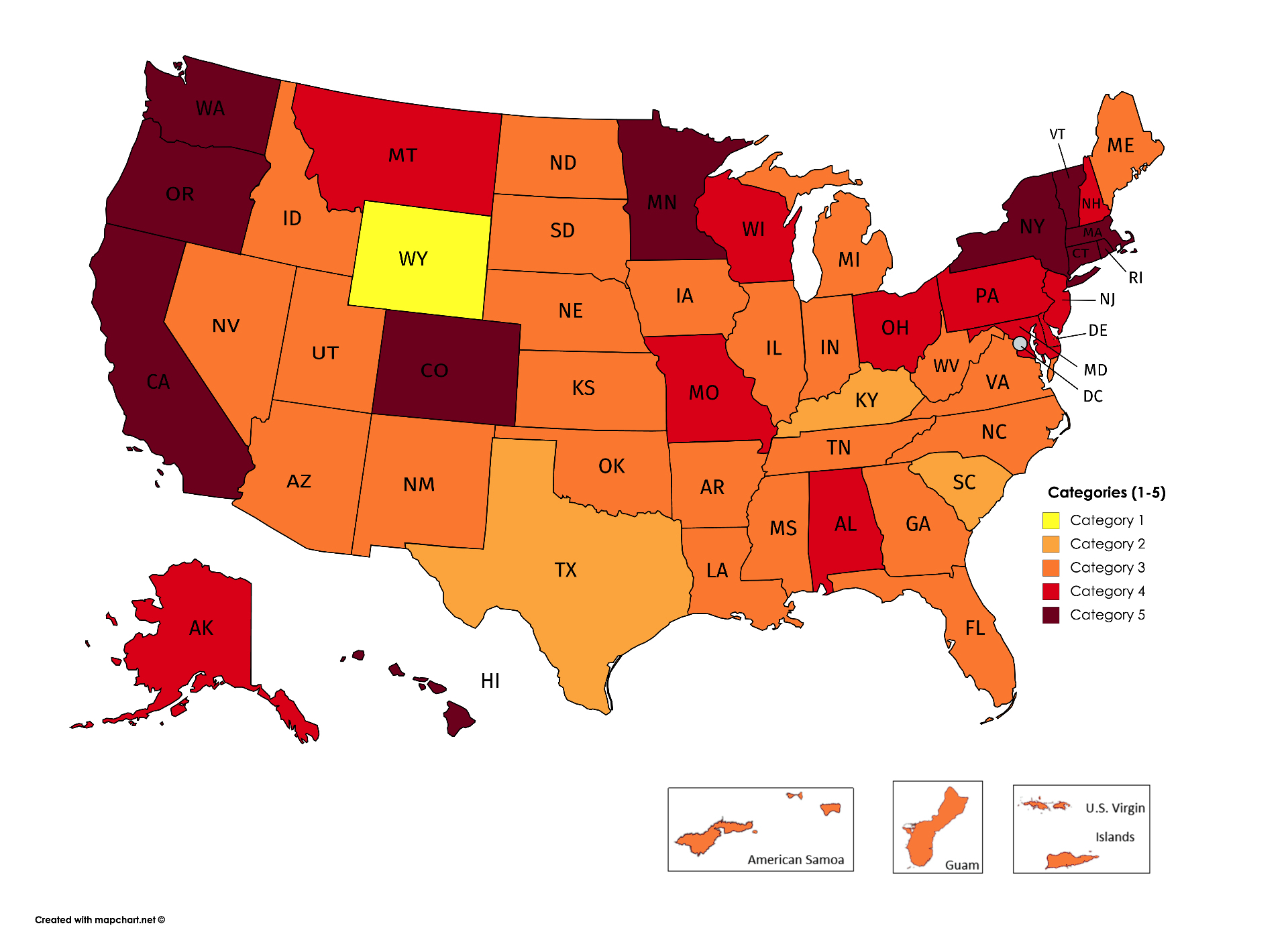 by Jessica Wentz
by Jessica Wentz
Last week, I traveled to Montreal to attend the International Association for Impact Assessment (IAIA) annual conference. The theme of this year’s conference was “Impact Assessment’s Contribution to the Global Efforts in Addressing Climate Change” – a topic that we have explored in great depth at the Sabin Center (projects and publications available here). The key goal of the conference was to share information about how climate change considerations can be integrated into impact assessments and how this integration can lead to more “climate smart” projects, i.e., projects that have a smaller carbon footprint and projects that are more resilient to the effects of climate change.
I gave a presentation on our model protocols for assessing the effects of climate change on proposals undergoing environmental review. The audience consisted primarily of impact assessment practitioners – engineers, hydrologists, and other scientists who assess the impacts of actions proposed by government agencies and private project proponents. Many of them told me that they were excited to learn about the protocols because they are currently in need of guidance on how to assess climate change risks and vulnerabilities in the context of these reviews. They also found it helpful to have examples of situations where an evaluation of how climate change may affect the proposed action would be essential to a sound impact analysis, such as:
• A wastewater treatment plant or a facility containing hazardous substances that is located along a coastline or in a floodplain
• A natural resource management plan that establishes sustainable yield limits for a particular resource or landscape, such as a fishery or a rangeland.
There were also several members of the regulatory community – that is, the regulators that establish the requirements for impact assessment – who were interested in adopting similar guidance. The protocols are particularly well-suited for this use. They were drafted in an intentionally broad manner in order to provide a framework that can be adopted in different jurisdictions to cover a wide range of projects. The IAIA is also working on a broader guidance document which would cover all aspects of how climate change and greenhouse gas (GHG) emissions should be addressed in impact assessments. IAIA’s goal is to develop a standardized protocol for the international community that could potentially be adopted by the United Nations Framework Convention on Climate Change (UNFCCC).
Because the protocols are broad, there is also a need for more detailed technical guidance and modeling tools for evaluating specific climate change impacts in the context of specific types of projects. We reviewed some of the existing guidance documents and tools in the reports and appendices accompanying our protocols, but the universe of available tools has continued to expand since we published those reports. There were several presentations describing such tools and how they were applied in the context of specific assessments. One example was the XLRM-E web application – a tool that can be used to evaluate multiple future scenarios (e.g., precipitation scenarios, temperature scenarios), identify critical areas of uncertainty, and evaluate the outcomes of different design and management decisions in the context of those scenarios and uncertainties.
There were also some compelling case studies presented at the conference that illustrated how climate change considerations can be meaningfully addressed through the environmental review process. Most of these involved assessing and mitigating an action’s contribution to global climate change vis-à-vis GHG emissions. There were two particularly interesting case studies that illustrated alternative methods of assessing and mitigating the carbon footprint of transportation infrastructure:
Swedish Transportation Planning: Sweden has established a national goal of carbon-neutral infrastructure by 2050. To achieve this goal, the Swedish transportation authority requires proponents of transportation infrastructure projects to conduct a lifecycle GHG assessment as part of the environmental review process and to identify measures to mitigate those lifecycle GHGs. This means that the environmental review does not merely focus on the direct emissions involved in constructing and operating transportation infrastructure; it also encompasses emissions from the manufacturing and transportation of all materials used to build the infrastructure.
One key advantage of this approach is that a broader range of mitigation options can then be assessed – specifically, mitigation through reduced use of materials and/or the use of materials with a lower carbon footprint. As a point of comparison: environmental reviews conducted in the U.S. typically do not consider emissions from construction materials, and the mitigation measures that are evaluated during the review are typically limited to measures that would mitigate direct emissions from construction vehicles and equipment (e.g., use of newer, more efficient vehicles).
Sweden uses a model called “Klimatkalkyl” to conduct the lifecycle GHG assessment. The Netherlands has also developed a tool for estimating lifecycle emissions from project inputs (the “DubloCalc” tool). Similar tools could be used in assessments of U.S. infrastructure projects. Of course, public pressure will likely be needed to make this happen. (We have previously submitted comments encouraging the Federal Highway Administration (FHWA) to include upstream emissions from construction materials within the scope of considerations that need to be addressed in GHG assessments for federally-funded highway projects.)
Canada’s KPH Turcot Interchange: This is a freeway interchange in Montreal that is being reconstructed in order to enlarge its capacity. In order for the project to go forward, the Quebec Ministry of Environment determined that it needed to be carbon neutral. The project proponents had two choices: either purchase emission allowances from the Quebec cap-and-trade program to cover emissions from the project or purchase offsets to cover those emissions. They decided to purchase offsets because they are currently 3-4 times cheaper than emissions allowances.
Unlike the Swedish example, lifecycle GHG emissions – and specifically, emissions from construction materials – are not being treated as emissions from the interchange project, and thus the project proponent only needs to purchase offsets for the direct emissions from construction and operation of the interchange. The presenter explained that this approach was necessary because the emissions from the manufacturing of construction materials are already covered under Quebec’s cap and trade program (those manufacturers must obtain emissions allowances as well) and thus the province would be double-counting and double-regulating those emissions if it required the project proponent to purchase offsets or allowances for them. This makes sense from a legal perspective, but there is a clear downside to this approach: the project proponent lacks an incentive to mitigate upstream emissions by using less carbon intensive materials.
Overall, I think the most promising takeaway from the conference was that practitioners around the world are on board with the idea that we need to consider greenhouse gas emissions and climate change impacts in environmental impact assessments. This may seem obvious, but there are plenty of political leaders in the U.S. who have resisted the idea that climate change should not be a component of environmental reviews. Indeed, President Trump just revoked the Council on Environmental Quality (CEQ)’s guidance on how to go about assessing GHG emissions and climate change impacts in National Environmental Policy Act (NEPA) reviews. What Trump cannot change is the core requirement of NEPA – to conduct a sound impact analysis – and the fact that some consideration of climate change will often be necessary to achieve this.




